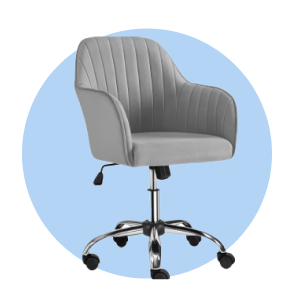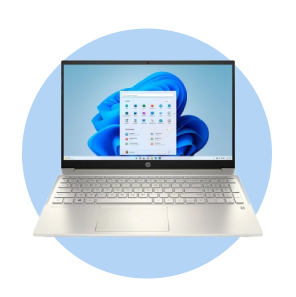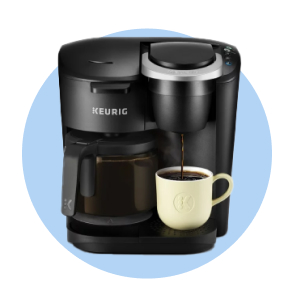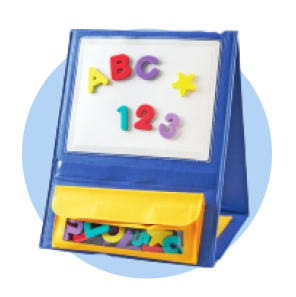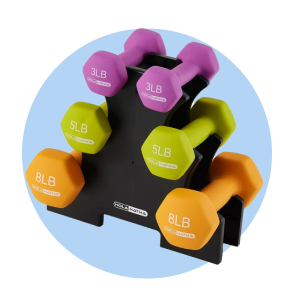
How to Choose the Right Commercial Office Lighting for Your Workspace
Light up your business
Starting the workday in a well-lit workspace has a remarkable impact on mood and energy levels, helping us work more productively and efficiently. The challenge is balancing brightness, color temperature and ambiance in a way that suits your available space. Where do you even begin?
Whether you’re installing new fixtures or letting in natural light, let these insights guide your commercial office lighting solution.

Types of commercial office lighting
Any light bulb can brighten a room, but commercial office lighting solutions must be durable and energy-efficient. Modern businesses have largely embraced LED lights for these reasons, but incandescent and fluorescent bulbs still have their place in the modern office.
Incandescent
The familiar incandescent light was once the standard for indoor lighting. Appearing in everything from home desk lamps to commercial office lighting fixtures, these bulbs were inexpensive and produced a comforting glow. Unfortunately, incandescent bulbs were also quick to burn out, demanding frequent replacements. For offices, energy efficiency was also a concern since incandescent lights could only convert a fraction of electricity into light.
Fluorescent
Fluorescent lights are more energy-efficient and longer-lasting than incandescent sources, but also more expensive. More importantly, some models can render color inefficiently, producing muted colors throughout a room. Fluorescent lights that rate highly on the color rendering index tend to avoid these problems.
LED
The light-emitting diode (LED) is currently one of the world’s most-used lighting options for both homes and businesses. LED bulbs are long-lasting and produce minimal heat, but their best feature is efficiency. LED lighting uses 75% less energy than incandescent bulbs while producing comparable brightness and color temperature.

Brightness levels
OSHA outlines clear expectations for lighting in commercial offices. Each workspace must have a minimum brightness of 30 lumens per foot-candle—or square foot—of lit area. In a large office, it may be useful to convert this figure to lux, the number of lumens per square meter. In this case, the minimum would be approximately 323 lux.
This illumination isn’t particularly bright. On a clear day, for example, natural light can be as high as 930 lumens per square foot—that’s over ten thousand lux! By slightly increasing the brightness, staff will have improved visibility and be more productive with immediate tasks.
For most offices, the goal is striking a balance between comfortable ambient lighting and highly illuminated task lights that encourage focus. Businesses using smaller spaces can achieve this goal with 500 lux of ambient lighting, or between 40 to 50 lumens per square foot. Meanwhile, desk lights could add 60 to 80 lumens within specific areas for focused tasks. Any work area that requires high illumination—such as a drafting table—might use task lights that produce 200 lumens.

Color temperature
Color temperature is a representation of the red and blue tones within any given light source. It doesn’t influence heat—but it can improve alertness and mood. Lighting studies show that red temperatures produce feelings of comfort and relaxation while cool blue lighting helps people feel energized.
A neutral color temperature of 4,000K can mimic mid-morning and afternoon daylight within the office, which is cool enough to enhance productivity while still being easy on the eyes. Offices can continue to shift the temperature to 5,500K before the light moves far enough away from daylight to disrupt the mood.

Natural lighting
Don’t overlook the potential sunlight has on a workplace. Natural lighting can meet just about every office lighting need—it’s plentiful, costs nothing and produces at least 100 lumens even on the cloudiest of mornings. On top of that, up to 70% of people experience an improved mood and increased productivity when working in natural light.
The primary cost of using natural light in the workplace is window installation. Each square foot of window space distributes ten square feet of light across a room. With new or expanded windows, it’s possible to meet all lighting needs while dramatically reducing electricity costs.
If window expansions aren’t an option, daylight glazing provides another solution. Daylight glazing is the technique of redirecting light from outdoor sources into the office. Attaching daylight reflectors to windowsills redirects light toward the ceiling, brightening the entire room. Meanwhile, tubular lights use mirrors to reflect daylight into hollow fixtures to mimic electric lighting systems. With so many creative solutions, it’s easier than ever to bring natural light to any interior office space.
Smart lighting
Energy efficiency is one of the biggest considerations when choosing commercial office lighting. Smart lighting systems automate how spaces are lit, ensuring the right amount of light is available at the right time.
Smart lighting manages artificial light in a building according to factors like the time of day, occupancy or ambient light levels. As these change, a control system turns lights up or down to match immediate needs. When combined with existing LED and natural light sources, smart lighting can keep an entire facility adequately lit while keeping energy costs low.
Brighten any office space with Walmart Business
Whether you’re seeking light bulbs or new windows, Walmart Business can help you realize your office lighting ideas. Customers can find even more benefits with a Walmart Business+ membership; gain access to free shipping,1 free delivery from stores on orders $35 and up2 and 2% rewards back on purchases over $250.3 These combined savings can add up to over $500 a year!4 Learn more here.
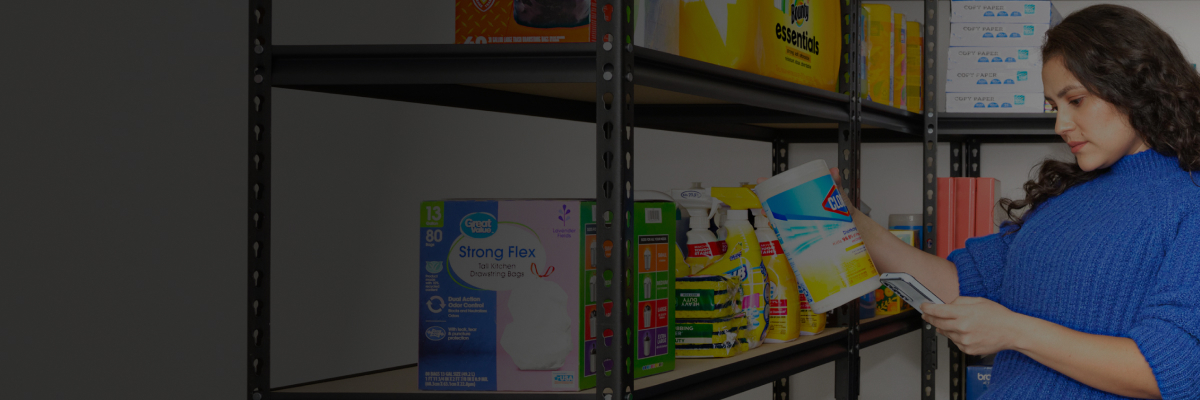

Limited-time offer
Unlock your special promo code
Stay informed on Walmart Business news & get $20 off a $100 purchase!1
1Minimum order of $100. Promo code can be used one time & may not be combined with other offers. Offer not transferable & void where prohibited by law. Customer responsible for all applicable taxes. Offer expires 12/31/2025 at 11:59pm PT. Further restrictions apply. See terms at checkout for details. Promo code offers available in limited quantities. While supplies last.
1 Excludes most Marketplace items, freight and certain location surcharges.
2 Restrictions apply.
3 Rewards can only be used toward future purchases on Walmart Business. Additional terms apply.
4 Savings based on 1 free $35+ delivery order vs. $9.95 fee and 1 free shipping order under $35 vs. $6.99 fee biweekly, plus 2% Walmart Business rewards on monthly order >$250 (average value of $400).
Exciting news awaits
Hear firsthand about new products, features & promotions.
By clicking submit, you agree to receive emails about Walmart Business and acknowledge you have read and agreed to our Terms of use and Privacy Policy.



